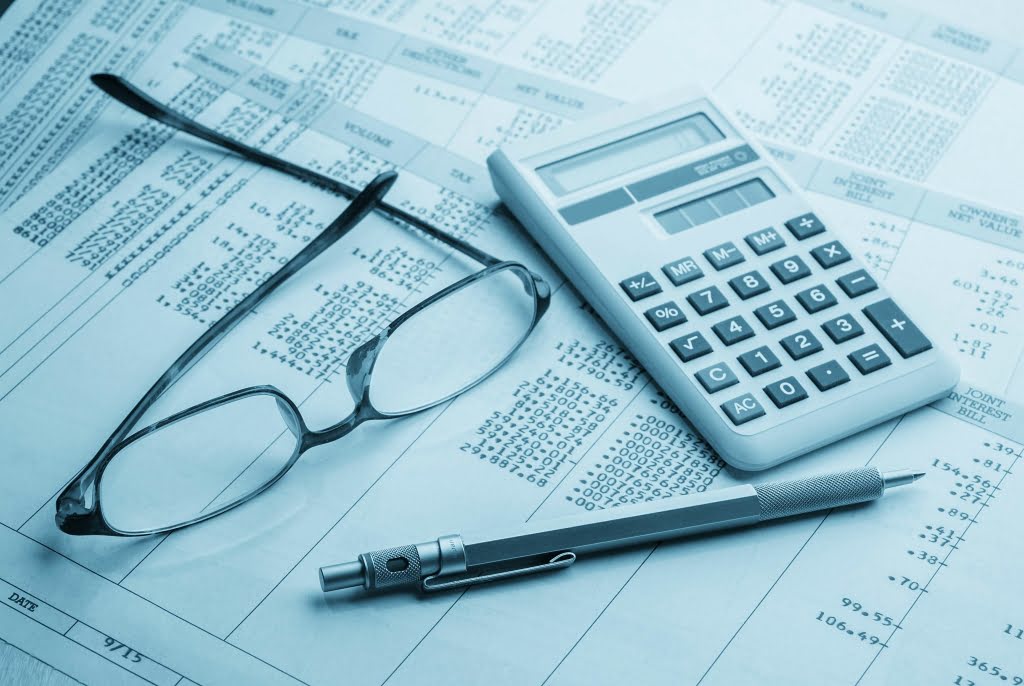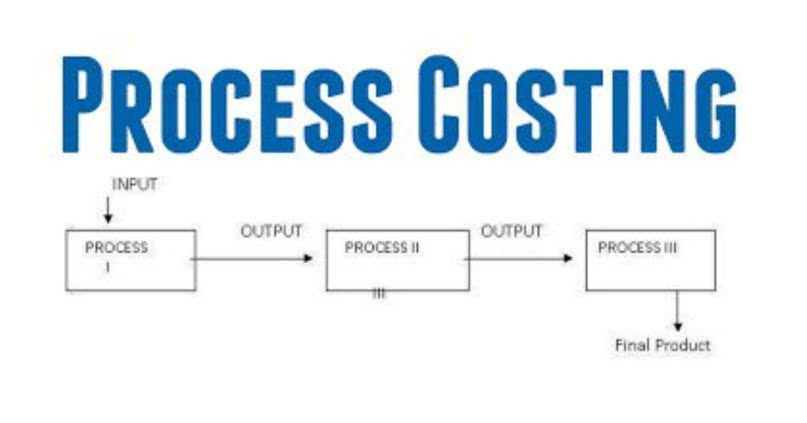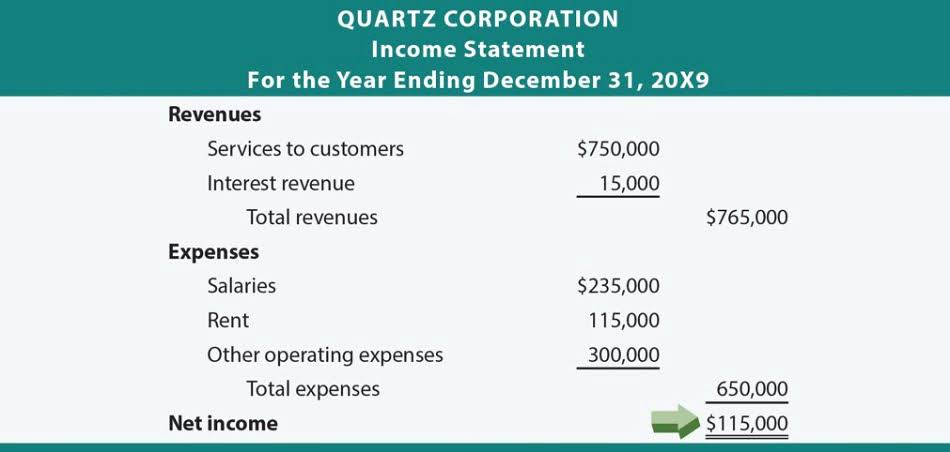
These changes in the number of outstanding shares can have an impact on the company’s financial metrics such as earnings per share (EPS) and market capitalization. In conclusion, understanding outstanding shares is an important aspect of investing and financial analysis. A company may issue new shares to investors or buy its own shares from them during a period. Every time a company issues or repurchases shares, the total number of its outstanding shares changes.
Understanding Common Stock Outstanding
Outstanding shares can refer to both common and preferred shares, as they don’t represent a specific type of share but rather the total number how to find shares outstanding of shares held by investors. Shares outstanding include those held by institutional investors and company insiders, while floating shares refer to those available for trading. The resulting number shows the total number of shares held by all market participants, including institutional investors, insiders, and the general public.
How to Derive Outstanding Shares

A company can issue seven different types of shares, depending on its specific needs and aims. Find the company’s net income, which is located toward the bottom of the income statement. Net income is revenue minus interest, taxes, depreciation, cost of sales, direct labor and any other cost required to run the business. cash flow Generally speaking, stocks with smaller floats will experience more volatility than those with larger floats.
What Is Common Stock Outstanding?
In the end, as the number of outstanding shares decreases by 1,000, the company’s EPS increases by 6.89%. Floating shares serve as a good representation of the company’s active shares or share turnover among various investors in the market, excluding parties holding substantial portions of equity. Therefore, if a company owns any diluting securities, that would indicate a potential increase in the number of shares outstanding in the future. It excludes closely held shares, which are stock shares held by company insiders or controlling investors. These types of investors typically include officers, directors, and company foundations.

Share repurchases (buyback)
This is calculated as the basic shares outstanding plus any net new shares added as if all dilutive contracts were exercised. Examples of dilutive contracts include stock convertible securities, employee stock options and restricted stock units (RSUs). 1) Companies usually disclose the number of shares outstanding in their financial statements, such as their balance sheet or income statement.

The Statement of Changes in Equity
- If all these warrants are activated, XYZ will have to sell 100 shares from its treasury to the warrant holders.
- New share issuances may dilute value, while buybacks can concentrate it, reflecting strategic financial moves such as fundraising or mergers.
- Learn how to calculate NoPAT and make informed business decisions with our step-by-step guide, boosting profitability and strategic planning.
- Treasury shares are shares that had been issued but later bought back by the company as part of any share repurchases.
- Regulatory filings also differentiate between publicly traded float and total shares outstanding.
- Conversely, cash outflows related to share repurchases may suggest that the company is buying back its shares, potentially reducing the number of shares outstanding.
Here’s how to find and calculate the amount of preferred stock outstanding from a company’s balance sheet. Companies with multiple stock classes, such as Alphabet Inc., list separate figures for each class, reflecting differences in voting rights. Investors should account for these distinctions when assessing ownership and control. Share repurchases are a great way to build investors’ wealth over time, although they come with more uncertainty than dividends. Another difference has to do with taxation, especially in jurisdictions where dividends are taxed less favorably than long-term capital gains. Assume you acquired 100,000 shares of BB at $10 each, and you live in a jurisdiction where dividends are taxed at 20% and capital gains are taxed at 15%.

- This number is significantly important for public companies as it constitutes the basis for computing important financial metrics like earnings per share (EPS).
- Weighted average shares outstanding is a financial metric that calculates the number of a company’s outstanding shares over a specific period of time.
- The difference between issued and outstanding shares is attributed to treasury stock, which represents shares the company has repurchased and holds in its treasury.
- A company with a large number of floating shares may have a more liquid stock, making it easier for investors to buy and sell shares.
- It takes into account any changes in the number of outstanding shares that occurred and calculates an average based on the time that each share was outstanding.
The number of basic shares outstanding is calculated as the number of shares issued (1,192,093,991) less treasury stock (428,676,471). Overall, shares outstanding is a crucial metric that serves as a foundational element for understanding Restaurant Cash Flow Management a company’s financial structure, market value, and potential for growth. By analyzing this metric in conjunction with other financial indicators, investors and analysts can make informed decisions about investment opportunities and better evaluate a company’s performance in the market. Shares outstanding, also referred to as outstanding shares or issued shares, represents the total number of shares that a company has issued to investors and is currently held by shareholders. It includes both the shares held by institutional investors, individual shareholders, and the company’s insiders, such as executives and employees. Companies typically issue shares when they raise capital through equity financing or when they exercise employee stock options (ESOs) or other financial instruments.
